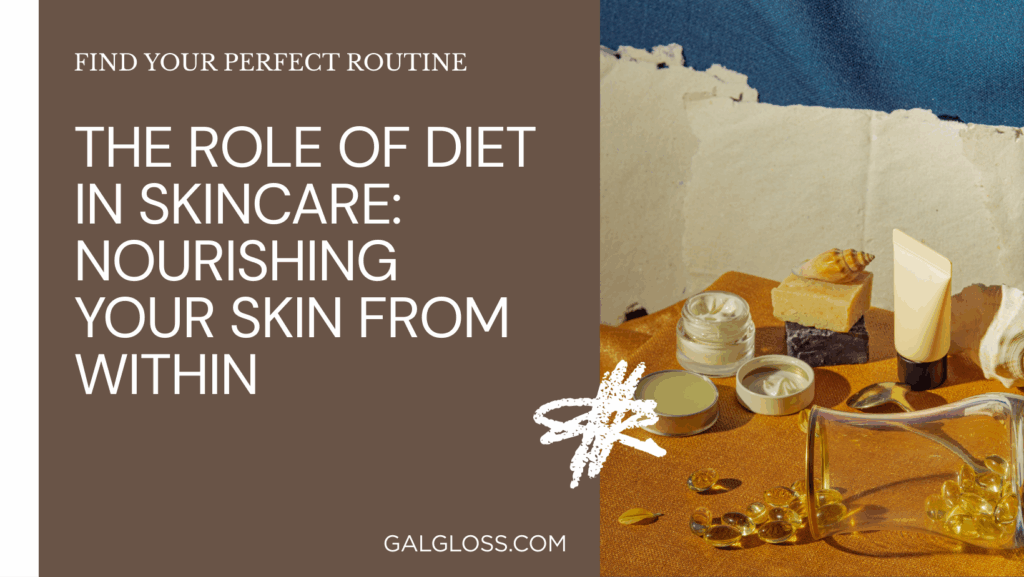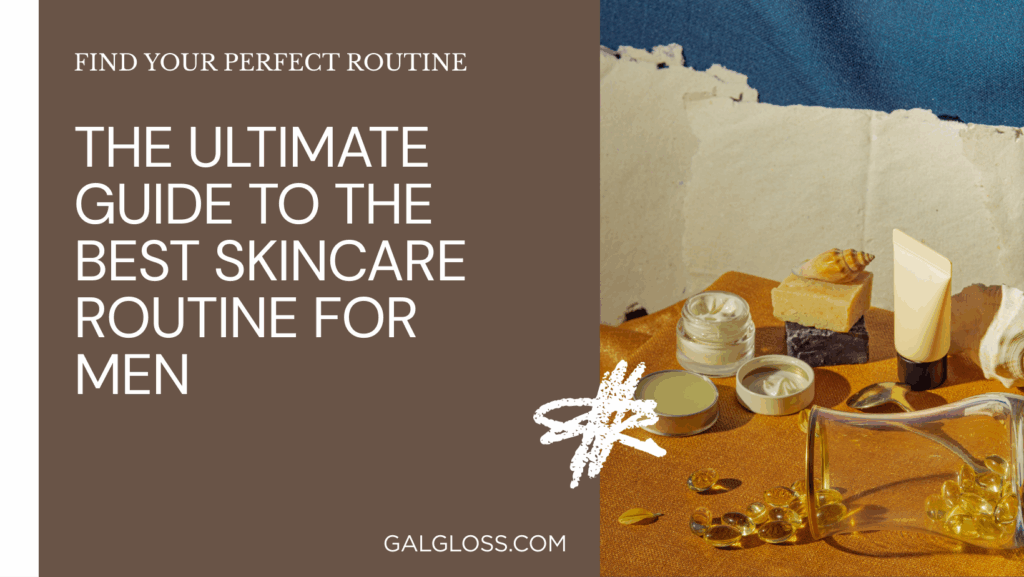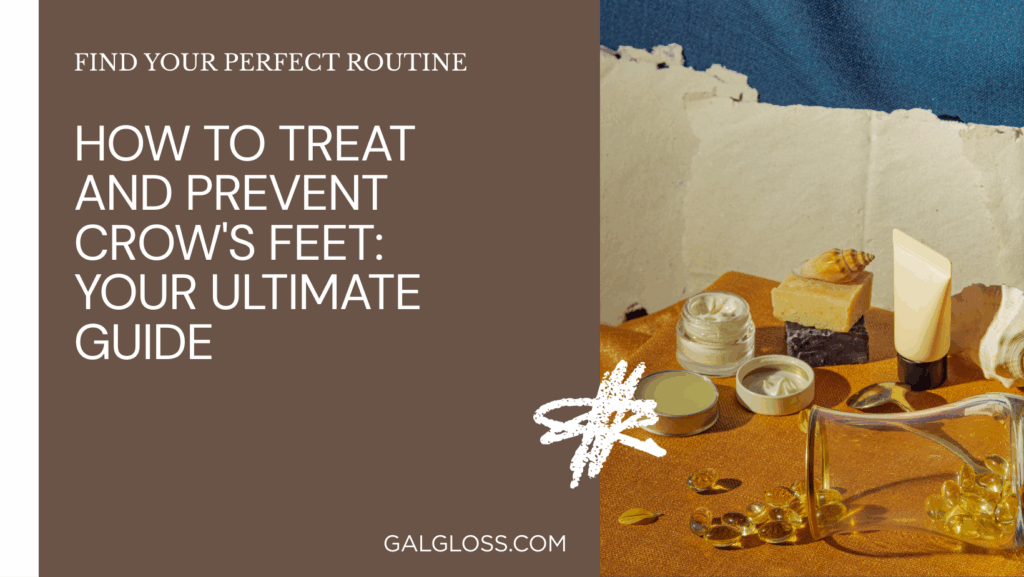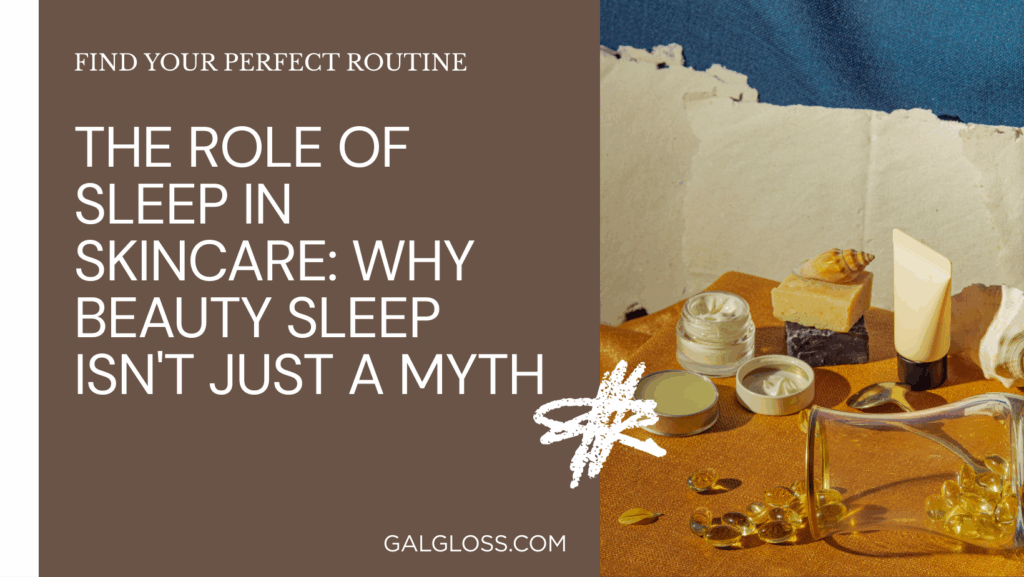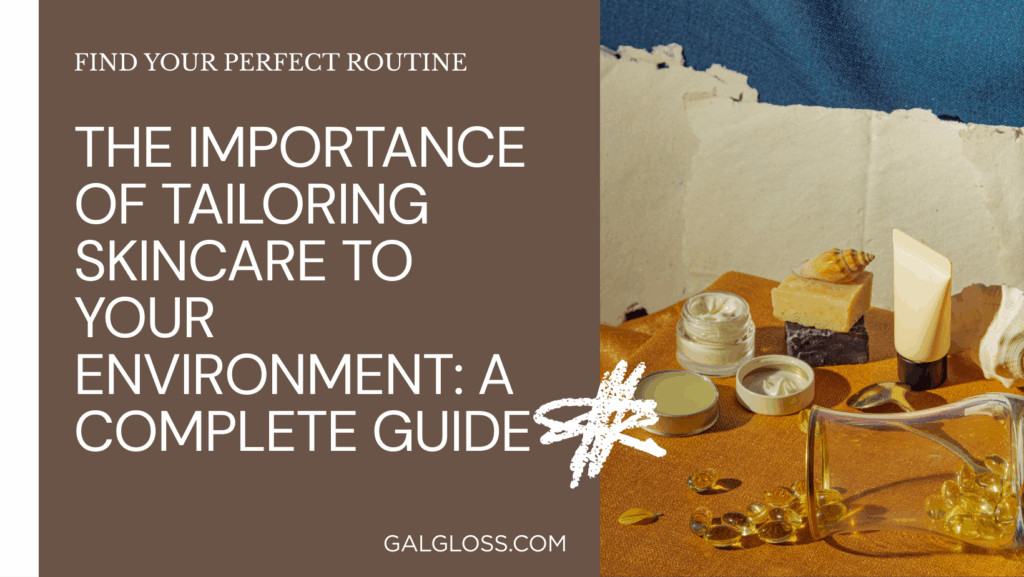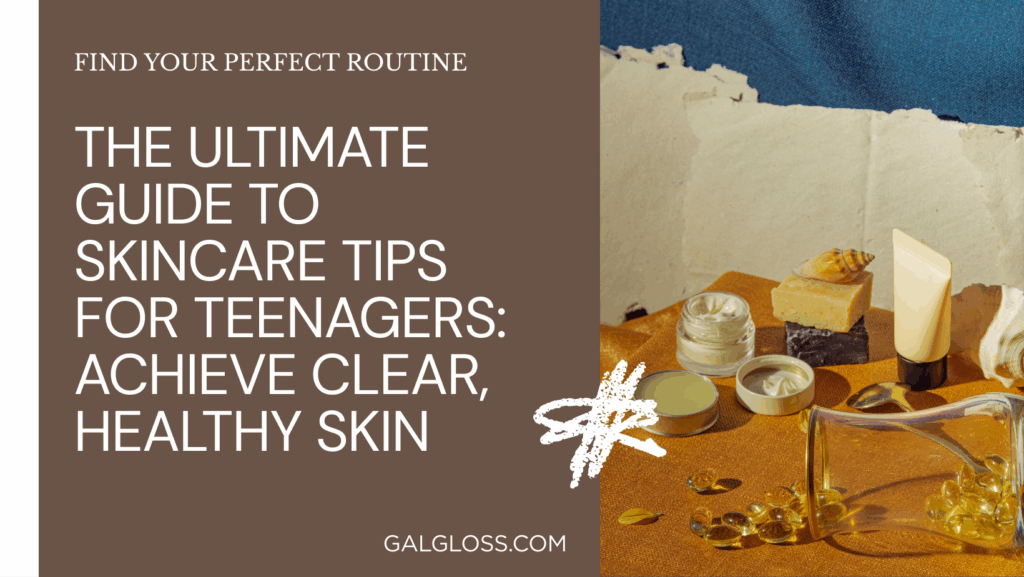Ever heard of squalane? If not, you’re in for a treat! This skincare superhero is taking the beauty world by storm, and for good reason. But what exactly is squalane, and why should you care?
Imagine a magical elixir that hydrates your skin, fights aging, and works for every skin type. Sounds too good to be true, right? Well, that’s squalane in a nutshell. It’s like a tall glass of water for your skin, but without the greasy aftermath.
What is Squalane?
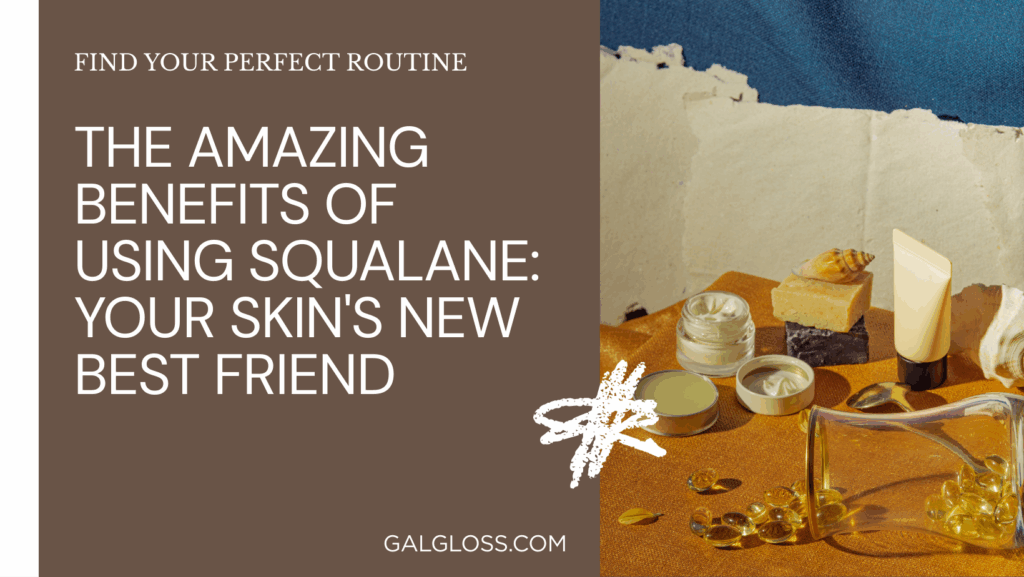
Squalane is a lightweight, colorless oil that’s been a well-kept secret in the skincare industry for years. But now, it’s stepping into the spotlight, and everyone from beauty gurus to dermatologists is singing its praises. Why? Because this little molecule packs a serious punch when it comes to skin benefits.
But where does squalane come from? Let’s dive into its origins.
The Origins of Squalane
Historically, squalane was derived from shark liver oil. Yep, you read that right – sharks! But don’t worry, we’ve come a long way since then. These days, most squalane is plant-based, typically sourced from olive oil or sugarcane.
Why the switch? Well, aside from the obvious ethical concerns of using shark-derived ingredients, plant-based squalane is more sustainable and often more stable. Plus, it’s vegan-friendly, which is a big win in today’s conscious beauty market.
Squalane vs. Squalene: What’s the Difference?
Now, you might be thinking, “Wait a minute, I’ve heard of squalene before. Is that the same thing?” Close, but not quite. Here’s the deal:
- Squalene (with an ‘e’) is the natural form found in our skin’s sebum and in plants.
- Squalane (with an ‘a’) is the hydrogenated, more stable version used in skincare products.
Think of squalene as the raw ingredient and squalane as the refined, skincare-ready version. Squalane is more stable, has a longer shelf life, and is less likely to oxidize on your skin.
Top 10 Benefits of Using Squalane
Now, let’s get to the good stuff. Why should you consider adding squalane to your skincare routine? Here are the top 10 benefits:
- Deep hydration without greasiness: Squalane is like a drink of water for your skin. It hydrates deeply but doesn’t leave you looking like an oil slick.
- Suitable for all skin types: Whether you’re dry, oily, combination, or sensitive, squalane plays well with all skin types.
- Anti-aging properties: By keeping your skin hydrated and boosting elasticity, squalane can help reduce the appearance of fine lines and wrinkles.
- Balances oil production: Ironically, this oil can help control excess oil production, making it great for acne-prone skin.
- Enhances skin barrier function: Squalane helps strengthen your skin’s natural barrier, protecting against environmental stressors.
- Reduces appearance of fine lines: With regular use, squalane can help plump up the skin, minimizing the look of fine lines.
- Soothes irritated skin: Got sensitive or inflamed skin? Squalane’s anti-inflammatory properties can help calm things down.
- Improves skin elasticity: By keeping skin hydrated and supple, squalane can improve overall skin elasticity.
- Non-comedogenic: Despite being an oil, squalane won’t clog your pores. It’s lightweight and easily absorbed.
- Boosts product absorption: Using squalane can help other skincare products penetrate more deeply into your skin.
How to Incorporate Squalane into Your Skincare Routine
Now that you’re convinced of squalane’s superpowers, you might be wondering how to use it. Here are a few ways to incorporate it into your routine:
- As a standalone moisturizer: For oily or combination skin, a few drops of pure squalane might be all you need.
- Mixing with other products: Add a drop or two to your favorite moisturizer or serum for an extra hydration boost.
- Layering techniques: Apply squalane after water-based products but before heavier creams.
Remember, a little goes a long way. Start with just a few drops and adjust as needed.
Squalane in Hair Care
But wait, there’s more! Squalane isn’t just for your face. It can work wonders for your hair and scalp too. Here’s how:
- Scalp health: Squalane can help balance oil production on your scalp, potentially reducing dandruff and itchiness.
- Hair softness: A few drops can tame frizz and add shine without weighing hair down.
- Split end treatment: Apply to the ends of your hair to help smooth split ends.
To use, warm a few drops in your hands and apply to damp hair, focusing on the ends. You can also massage it into your scalp for a nourishing treatment.
Potential Side Effects and Precautions
While squalane is generally well-tolerated, it’s always best to err on the side of caution. Here are a few things to keep in mind:
- Allergies: While rare, some people may be allergic to squalane, especially if derived from olive oil.
- Patch testing: Always do a patch test before applying a new product to your face.
- Quality matters: Choose high-quality, pure squalane from reputable brands.
Choosing the Right Squalane Product
Not all squalane products are created equal. Here’s what to look for:
- Purity: Look for 100% squalane oil for maximum benefits.
- Source: Check if it’s plant-derived if that’s important to you.
- Packaging: Dark glass bottles help preserve the oil’s stability.
Some top-rated squalane products include The Ordinary 100% Plant-Derived Squalane, Biossance 100% Squalane Oil, and Indie Lee Squalane Facial Oil.
DIY Squalane Recipes
Feeling crafty? Here are a couple of simple DIY recipes using squalane:
Hydrating Face Oil Blend
- 1 oz squalane oil
- 5 drops lavender essential oil
- 5 drops frankincense essential oil
Mix ingredients in a dark glass bottle. Apply 2-3 drops to clean, damp skin.
Nourishing Hair Mask
- 2 tbsp squalane oil
- 1 tbsp honey
- 1 egg yolk
Mix ingredients, apply to damp hair, leave for 30 minutes, then shampoo as usual.
Frequently Asked Questions
Is squalane good for acne-prone skin? Yes! It’s non-comedogenic and can help balance oil production.
Can I use squalane every day? Absolutely. It’s gentle enough for daily use.
Does squalane replace other moisturizers? It can for some people, especially those with oily skin. Others might prefer to use it in addition to their regular moisturizer.
The Science Behind Squalane
Let’s get a bit nerdy for a moment. Why does squalane work so well for our skin? It all comes down to molecular structure.
Squalane is a hydrocarbon, meaning it’s made up of hydrogen and carbon atoms. Its structure is similar to human sebum, which is why our skin recognizes and accepts it so readily. This similarity also means it can penetrate deeply into the skin, providing hydration at a cellular level.
Moreover, squalane is an emollient. This means it can fill in the spaces between skin cells, creating a smooth surface. This is why it’s so effective at improving skin texture and reducing the appearance of fine lines.
But perhaps most impressively, squalane is a powerful antioxidant. It can help protect your skin from free radicals, which are unstable molecules that can damage skin cells and accelerate aging. By neutralizing these free radicals, squalane helps keep your skin looking younger and healthier for longer.
Squalane in the Beauty Industry
The beauty industry has taken notice of squalane’s benefits, and it’s now found in a wide range of products. From facial oils and serums to moisturizers and even makeup, squalane is making its mark.
Some brands have even built their entire identity around squalane. Biossance, for example, is known for its sugarcane-derived squalane, which features in almost all of their products.
But it’s not just niche brands. Even big players like Kiehl’s, The Ordinary, and Peter Thomas Roth have jumped on the squalane bandwagon. This widespread adoption is a testament to squalane’s effectiveness and versatility.
Squalane and Sustainability
As consumers become more environmentally conscious, the shift towards plant-based squalane has been a positive step for the beauty industry. Olive-derived and sugarcane-derived squalane are both sustainable alternatives to shark-derived squalane.
This shift not only protects shark populations but also reduces the carbon footprint of squalane production. Sugarcane, in particular, is a highly sustainable crop that requires little water and actually removes carbon dioxide from the atmosphere as it grows.
The Future of Squalane
As research continues, we’re likely to discover even more benefits of squalane. Some scientists are exploring its potential in wound healing and skin repair. Others are looking at how it might be used in combination with active ingredients to enhance their effectiveness.
One thing’s for sure: squalane is here to stay. As more people discover its benefits and as production methods become even more sustainable, we can expect to see this miracle molecule in even more skincare and haircare products in the future.
Conclusion
Squalane truly is a skincare superhero. From its deeply hydrating properties to its anti-aging benefits, from its suitability for all skin types to its sustainability, squalane ticks all the boxes.
Whether you’re looking to simplify your skincare routine, boost your skin’s hydration, or find a gentle, effective anti-aging ingredient, squalane is worth considering. Its ability to mimic our skin’s natural oils makes it a uniquely effective and well-tolerated ingredient.
Remember, everyone’s skin is different, so what works for one person might not work for another. But given squalane’s gentle nature and wide-ranging benefits, it’s certainly worth giving it a try.
So why not give your skin a drink of this hydrating elixir? Your skin just might thank you with a healthy, radiant glow. After all, in the world of skincare, squalane isn’t just a trend – it’s a game-changer.
